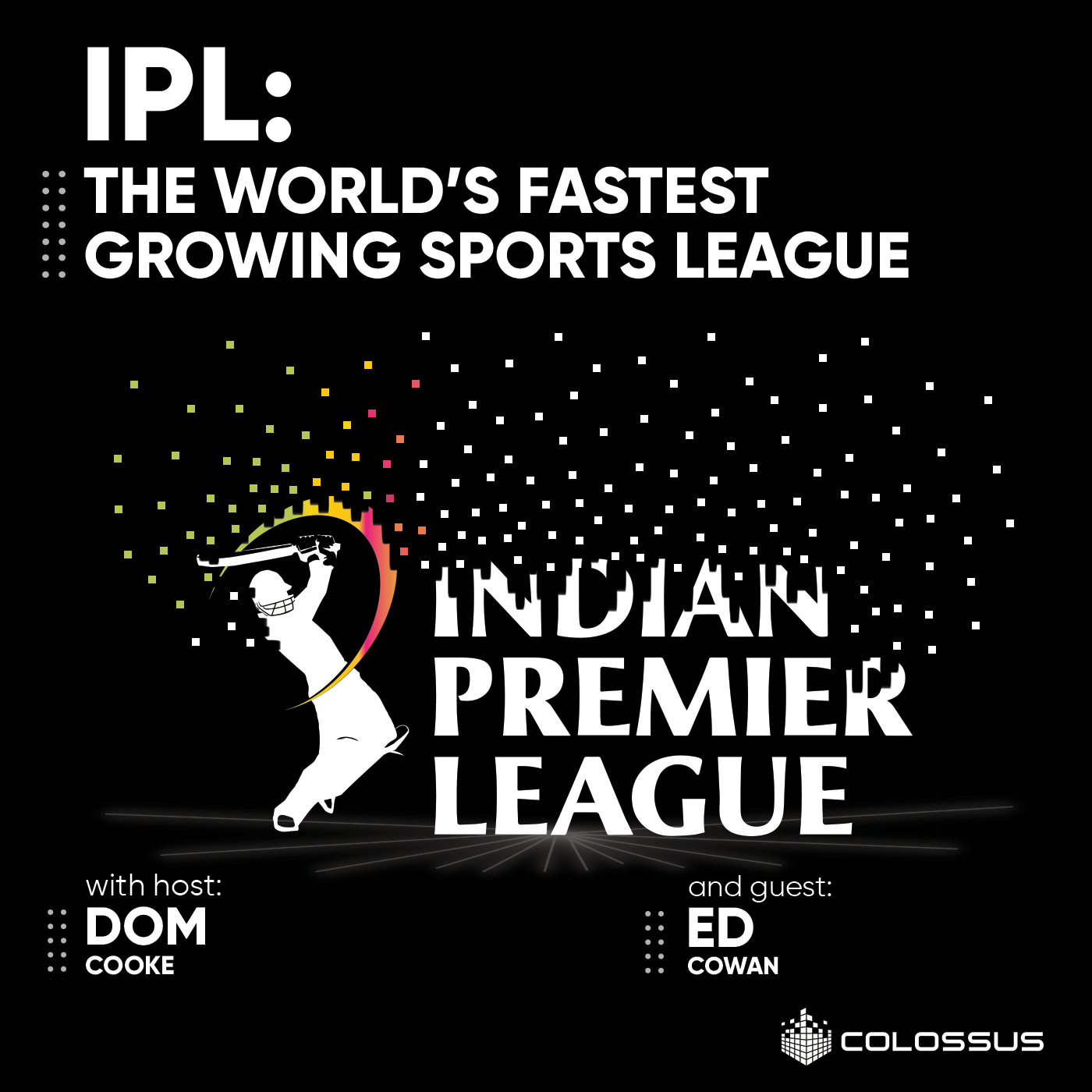- Arvind's Newsletter
- Posts
- Arvind's Newsletter
Arvind's Newsletter
Issue No #759
1Research shows that waking up earlier is not necessarily better than stay up late at night. Prior studies highlighted links between waking up earlier and happiness, punctuality, and educational results, whereas those who stay up late are ostensibly more impulsive, angrier, and have worse diets. But separating people into those two, ostensibly neat categories does a disservice to how much complexity lies within them: An individual’s sleep preference changes over the course of their life, and aspects of a person’s personality may shift at various points of the day. “Humans don’t always fit into one of two categories,” Time magazine noted, “even when it comes to their sleep preferences.”
2.We already know that IPL is one of the world’s fastest growing sport leagues. In this podcast, Ed Cowan, an investor with TDM Growth Partners and former professional cricketer, analyses the how business behind it works. Listen to the podcast or read the transcript. Some excerpts:
“The biggest sports leagues tend to come with long histories. You can trace the NFL back to 1920, the NBA to 1946, and Formula 1 to 1950. In stark contrast, the IPL and its teams were founded in 2008. But despite its relative youth, the IPL is already a sporting giant. It has revolutionised the game of cricket and is the second biggest sports league in the world if you measure it on a per-game basis.”
“The original eight franchises paid around $50mn each in 2008 to get the right to own a team. Today, each franchise makes a profit before tax of around $30-40mn thanks to the $6bn media rights deal (spread over 5 years) which underpins the IPL’s profitability (the franchises get 50% of the proceeds from the monstrous media rights deal). This PBT figure, at the franchise level, has compounded conservatively at 25-30% per annum since the IPL’s inception. As result, each franchise is worth in excess of $1bn with the most lucrative franchise, Mumbai Indians, probably being worth a fair bit more than that. For the franchise owners like Mukesh Ambani to Shah Rukh Khan and N Srinivasan the IPL has therefore been a super investment.”
The IPL has a lock on two valuable resources. Firstly, Indian cricketers are captive to the IPL in two different ways: (a) courtesy the BCCI, they cannot play in any other cricket league anywhere else in the world thereby ensuring that India’s 1.4 bn population of cricket mad people are locked into the IPL; and (b) the players do not have a union and cannot bargain collectively for a greater share of the IPL’s profits. The podcast points out that on both of these points the IPL is unique. Point (b) allows the IPL franchises to operate with a salary cap i.e. each team cannot pay more than a certain amount for players (something that European football clubs have long wanted but cannot have due to European Union laws). As a result, even the biggest stars in cricket only earn $2mn per IPL season, a modest figure compared to the $1bn+ per season that the league earns from media rights.
The second captive resource for the IPL is a ten-week playing window in the global cricketing calendar. In this window, no other cricket league operates and virtually no international cricket is played in this window. This assures the IPL of the supply of cricket’s biggest global stars. The rest of the cricket leagues operate in the winter months of the northern hemisphere when the international season is in full swing and hence big names of international cricket are less keen to play in these leagues.
3.Tata Group signed an agreement with the Gujarat state government to set up a giga-factory for manufacturing lithium-ion cells, the first in the country, with an estimated initial investment of ~$1.6 billion and will have a production capacity of 20 GWh.
4 The story of the vanishing Van Gogh (as reported in New York Times).
Even for the obscure world of high-end art sales, the story of Still Life, Vase with Daisies and Poppies is unique. The Vincent van Gogh painting — originally given as a gift to a doctor in southern France who hosted the artist after he infamously cut his left ear — was last seen hanging at a Beijing museum. It got there after Wang Zhongjun, a film producer, paid $62 million for it at auction, the most ever spent on a van Gogh still life. Wang, however, was revealed to be a cover for a Chinese billionaire who fell afoul of Beijing. Since his imprisonment, the painting hasn’t been seen, even though it’s rumored to have been put up for sale. “Nobody needs a $62 mn Van Gogh and nobody wants to buy a lawsuit,” an art lawyer told The New York Times.
5.Deep-brain stimulation during sleep strengthens memory.
While it’s known that sleep plays a crucial role in strengthening memory, scientists are still trying to decode how this process plays out in the brain overnight.
New research led by scientists at UCLA Health and Tel Aviv University provides the first physiological evidence from inside the human brain supporting the dominant scientific theory on how the brain consolidates memory during sleep.
Further, the researchers found that targeted deep-brain stimulation during a critical time in the sleep cycle appeared to improve memory consolidation. This was achieved by a novel “closed-loop” system that delivered electrical pulses in one brain region precisely synchronised to brain activity recorded from another region.




